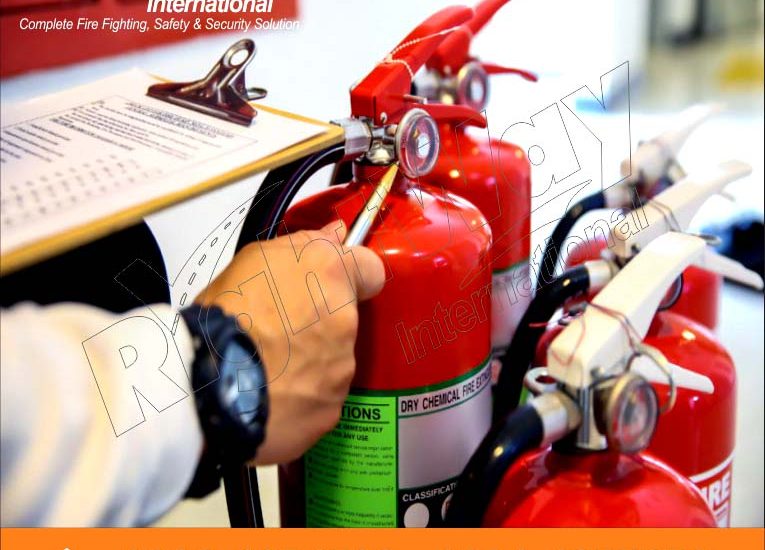Fire Extinguisher Servicing and Inspection Regular servicing and inspection keep fire extinguishers operational and ready to respond effectively in emergencies. Proper maintenance not only ensures safety but also complies with legal requirements. This guide breaks down essential procedures, best practices, and regulations related to fire extinguisher servicing and inspection.
What is Fire Extinguisher Servicing and Inspection?
Fire extinguisher servicing and inspection involve systematically checking and maintaining extinguishers to guarantee they function correctly when needed. This process includes routine visual inspections, professional servicing, and periodic testing in line with regulatory standards. By maintaining a regular schedule, you can ensure extinguishers are always ready for action.
Key Components of Fire Extinguisher Servicing and Inspection
Routine Inspections
- Visual Check: Regularly verify that extinguishers remain in their designated locations, are unobstructed, and easily accessible.
- Physical Condition: Look for any signs of damage, corrosion, or leakage. Check that the pressure gauge needle rests within the green zone, indicating proper pressure.
- Labels and Tags: Ensure the service label or tag is current, displaying the date of the last inspection and the upcoming due date.
Monthly Inspections
- Checklist: Use a standardized checklist to verify all critical parts, including pressure, physical condition, and accessibility.
- Documentation: Record inspection outcomes on tags or logs, noting any problems and corrective steps taken.
Annual Servicing
- Professional Servicing: Schedule a qualified technician to perform an in-depth annual inspection, which includes internal examination and functional testing.
- Recharge: Have technicians recharge the extinguisher if it has been used or if the pressure gauge indicates a drop.
- Hydrostatic Testing: Conduct hydrostatic testing every 5-12 years (depending on extinguisher type) to verify the cylinder’s structural integrity.
Maintenance and Repairs
- Replacement Parts: Replace worn or damaged components such as nozzles, hoses, and seals promptly.
- Re-certification: After major servicing or repairs, ensure extinguishers are re-certified to meet safety standards.
Compliance with Regulations
- Standards: Always follow local regulations and industry standards such as those from the National Fire Protection Association (NFPA) or Occupational Safety and Health Administration (OSHA).
- Record-Keeping: Maintain accurate and up-to-date records of all inspections, servicing, and repairs. This documentation should include dates, observations, and corrective actions.
Best Practices for Effective Servicing and Inspection
Maintain a Regular Schedule
Adhere to consistent inspection and servicing intervals. Use reminder systems or maintenance software to keep track of important dates and avoid lapses.
Employ Qualified Personnel
Always engage certified and experienced fire extinguisher technicians for servicing and repairs. Additionally, train your staff to perform basic visual checks and recognize when professional help is needed.
Keep Clear Documentation
Maintain detailed inspection logs and update service labels promptly to reflect recent activities. This practice aids compliance and helps track extinguisher history.
Act Promptly on Issues
Address any identified problems immediately to keep extinguishers fully functional. Follow up with additional inspections to verify that corrective measures have resolved all issues.
Conclusion
In summary, regular fire extinguisher servicing and inspection are critical to maintaining safety and regulatory compliance. By following a structured inspection schedule, engaging qualified professionals, and acting swiftly on identified issues, organizations can ensure their extinguishers remain ready for emergencies. Consistent maintenance, thorough documentation, and proactive care form the backbone of an effective fire safety program, protecting lives and property.


